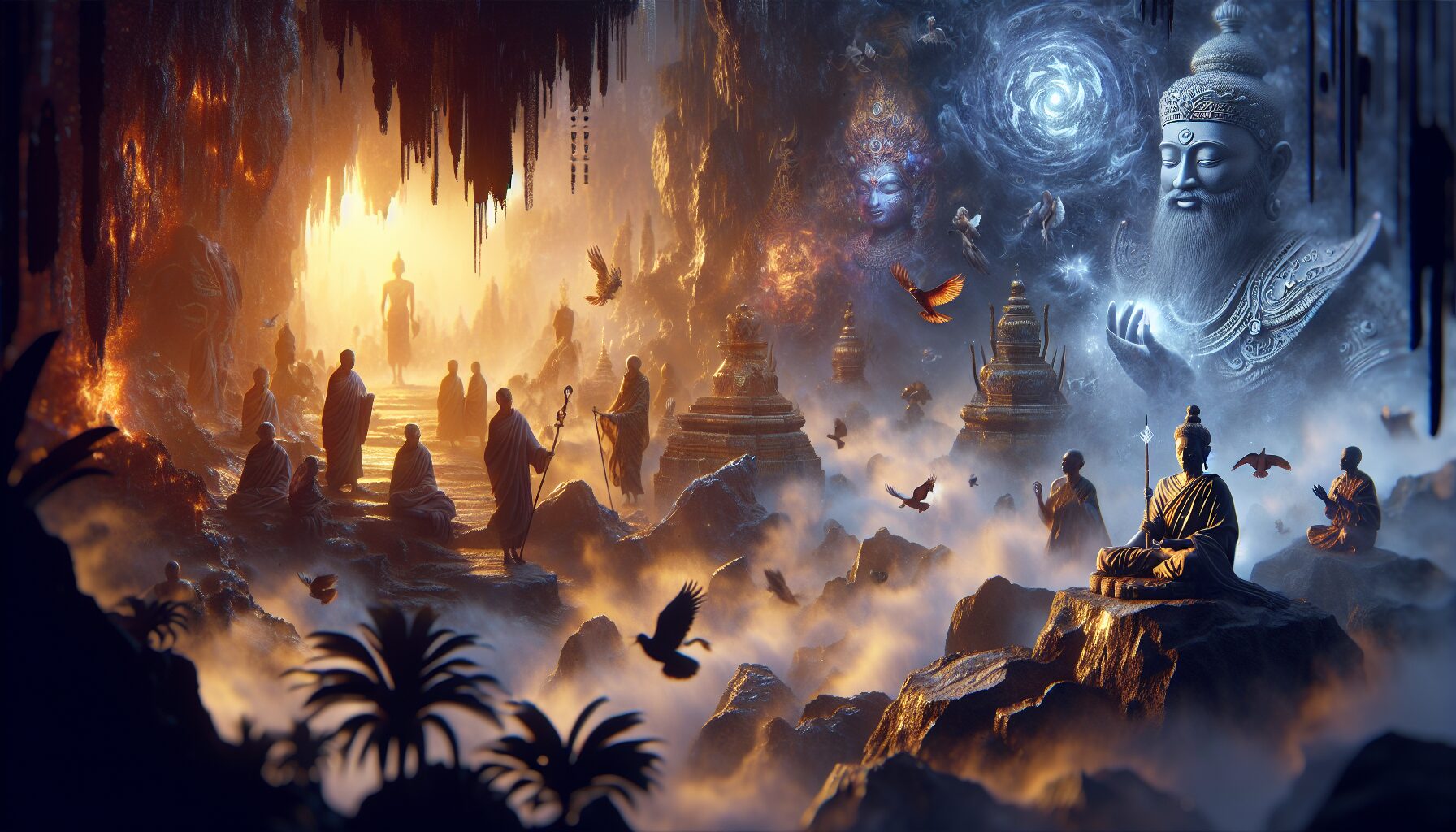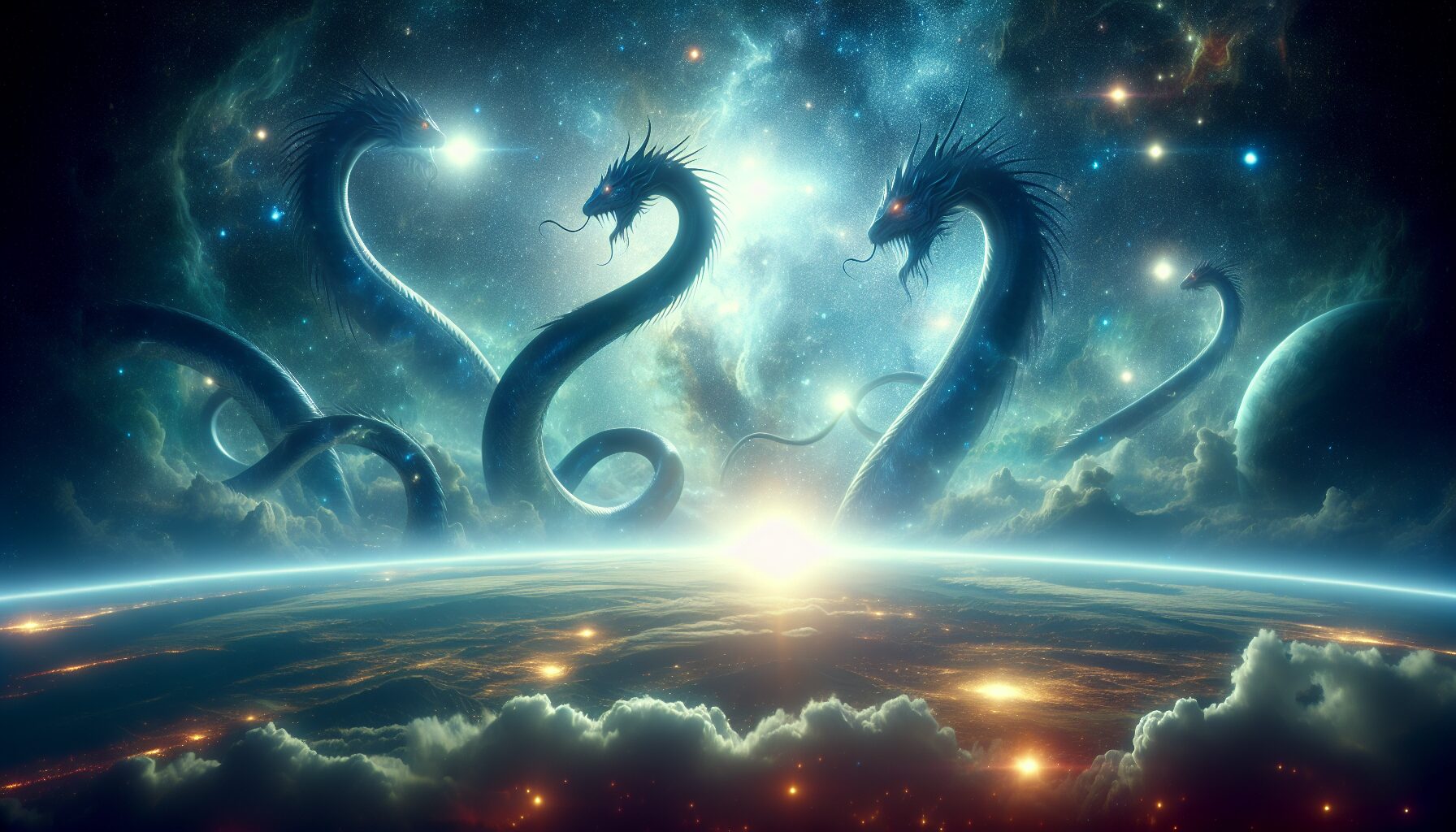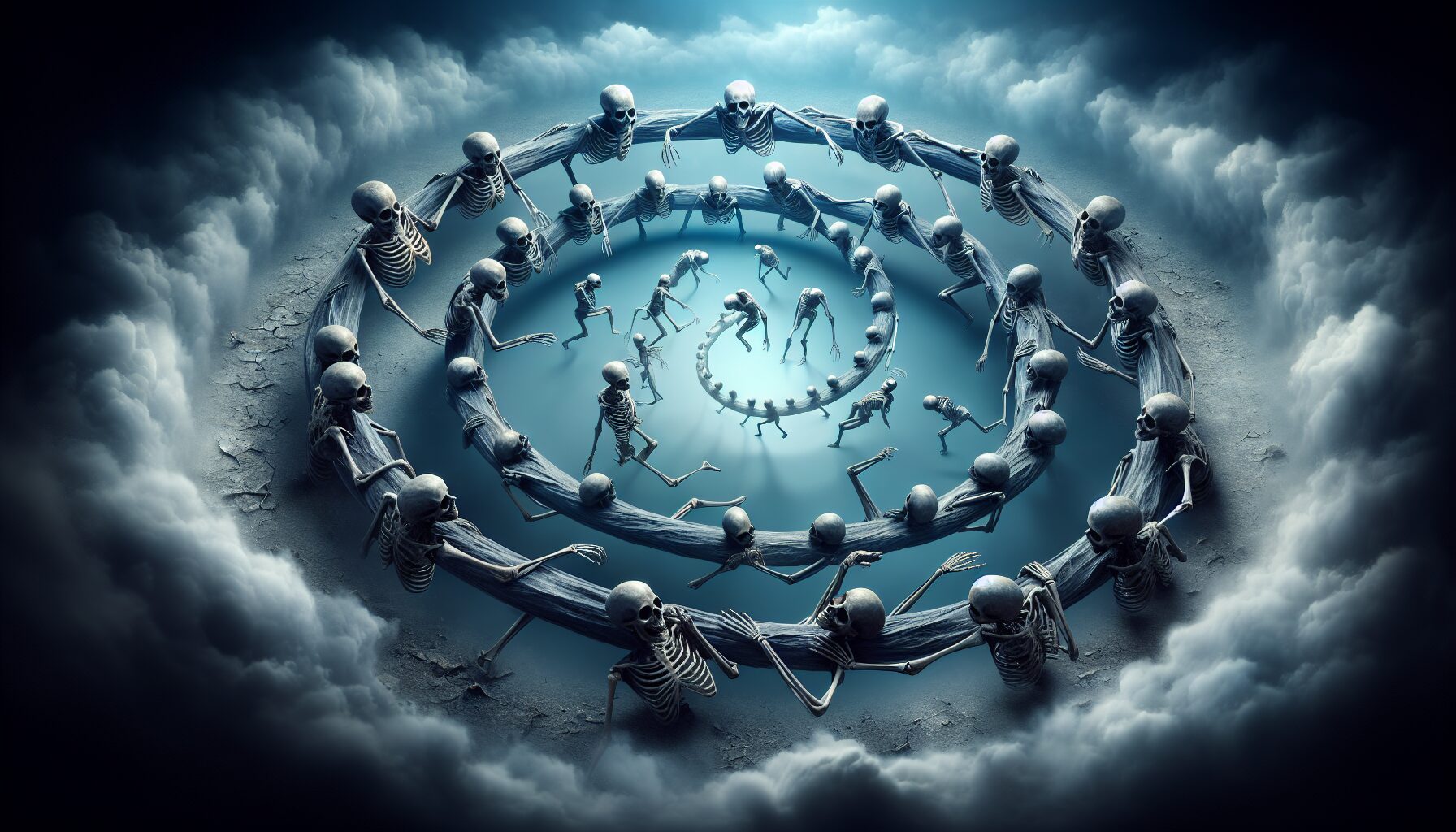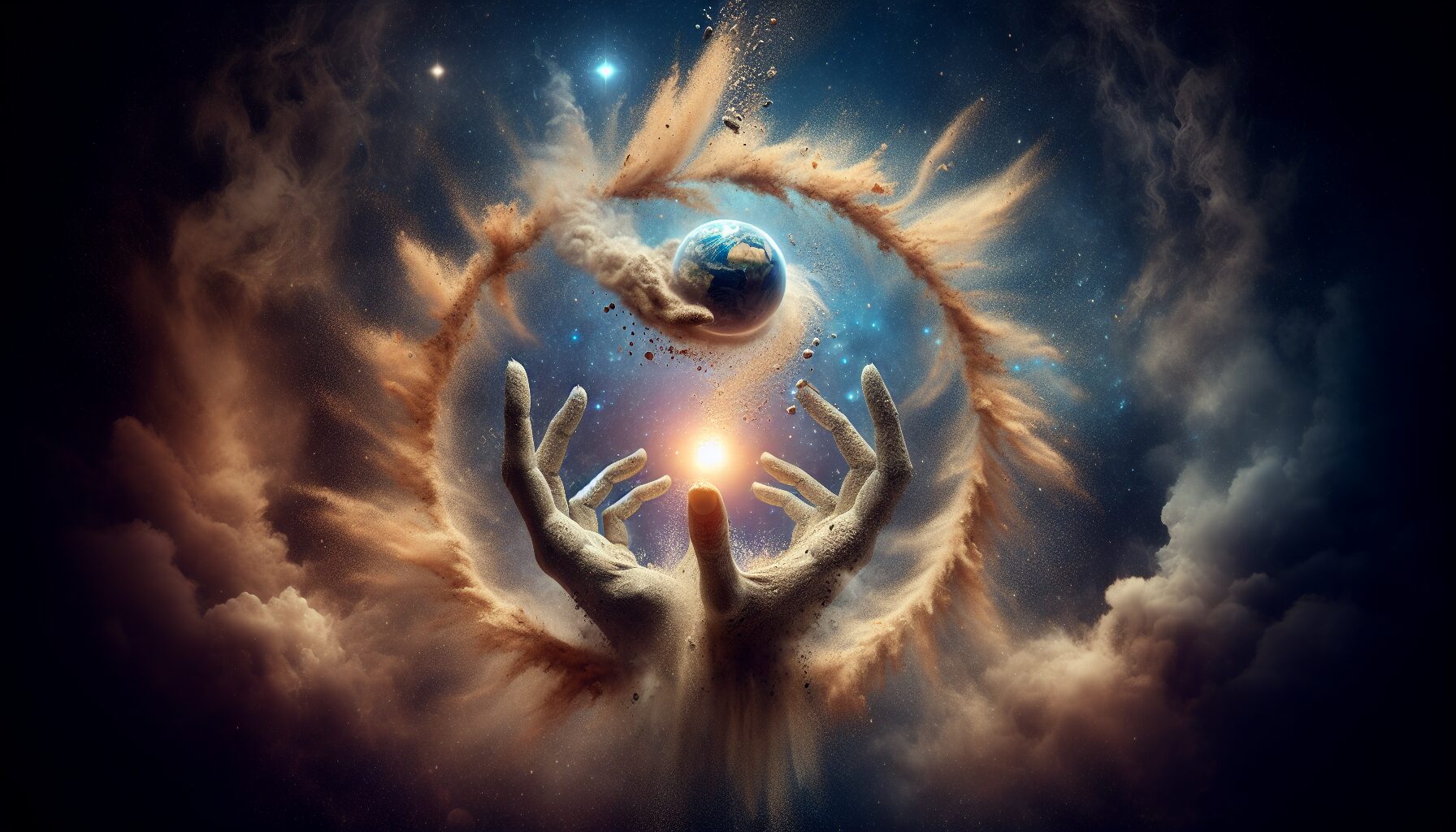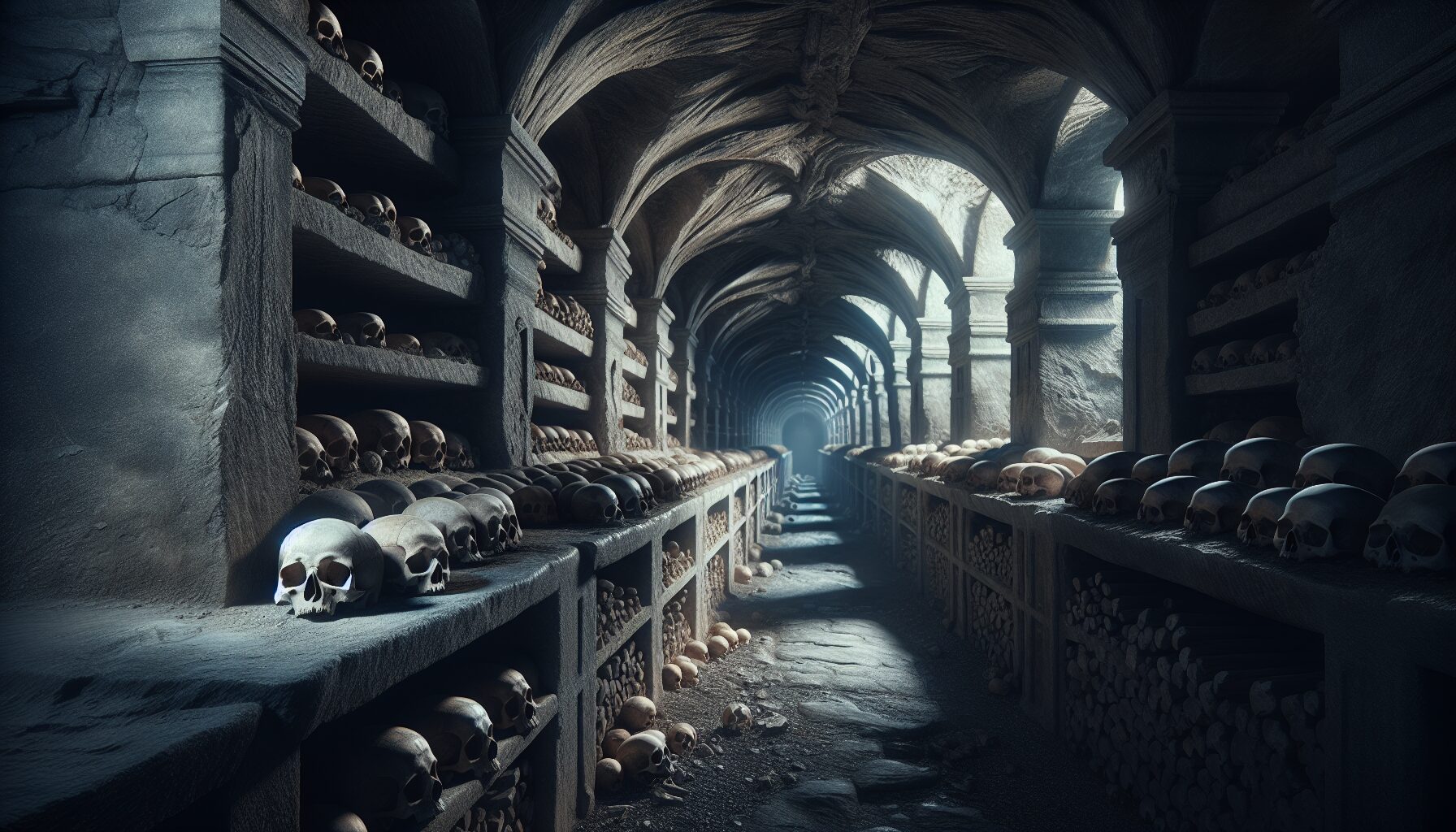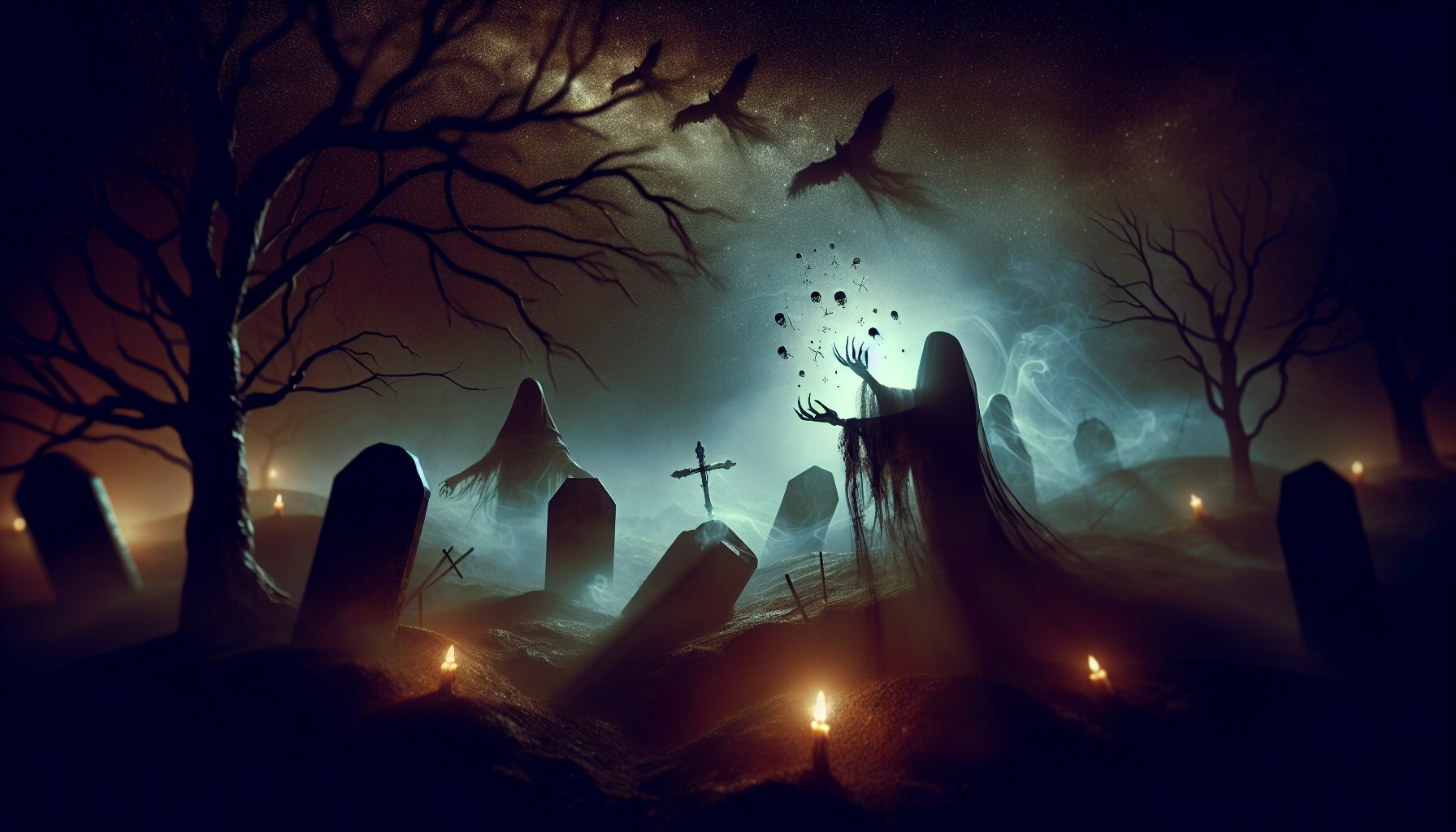Throughout history, humans have looked to the stars with wonder and reverence. Many cultures have myths and stories that hint at encounters with beings from beyond our world. These stories, found in ancient texts, raise intriguing questions about the possibility of early encounters with extraterrestrial life. Could our ancestors have been visited by intelligent alien beings?
Ancient Sumerians and the Annunaki
The earliest known civilization, the Sumerians of Mesopotamia, offer tantalizing stories that some interpret as evidence of alien contact. Their legends speak of the Annunaki, deities that came from the sky. According to the Sumerian creation myth, the Annunaki descended from heaven to create mankind. Some modern theorists suggest these “gods” were actually visitors from another planet.
“The Anunnaki were believed to be the offspring of Anu and Ki, the god of the heavens and the earth, respectively.”
These beings, as described in texts, allegedly bestowed knowledge and civilization to humankind, leading some to hypothesize that the Annunaki were extraterrestrials who shared advanced technologies with our ancestors.
Indus Valley and the Vedic Texts
In the ancient Vedic texts of India, descriptions of flying machines, or Vimanas, are prevalent. The Sanskrit epics, like the Mahabharata and Ramayana, contain descriptions of aerial battles and advanced technologies that resemble modern machinery.
Dr. Roberto Pinotti, a prominent researcher, writes, “The Vedic traditions of India offer translations of aerial vehicles which match descriptions and functions similar to modern-day aircraft and spacecraft” (NASA).
Aboriginal Astronomical Legends
Even the oral traditions of Australia’s Aboriginal people include references to cosmic entities. These stories often describe the Wandjina, spirits depicted with large heads and huge black eyes—strikingly similar to what modern culture might consider “alien” features.
The tales of the Wandjina spirits are believed to have inspired ancient rock art, leading some researchers to ponder if these stories might be rooted in actual historical events, potentially involving alien visitors.
Interpretations and Implications
While these interpretations remain speculative, they nevertheless ignite curiosity and debate. Are these accounts merely imaginative myths, or did our ancestors witness phenomena that inspired tales of celestial visitors? As we continue to explore the cosmos, these ancient texts remind us to keep an open mind and consider that perhaps the universe has always been more wondrous and mysterious than we can comprehend.
For further reading on ancient astronaut theories, visit Ancient Origins or History Extra.


